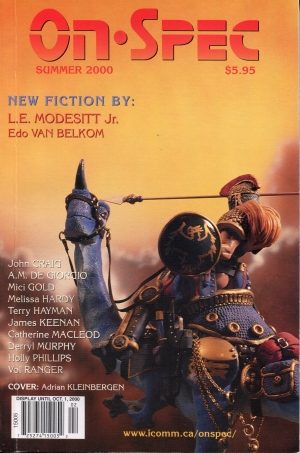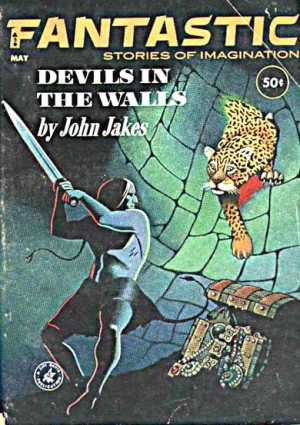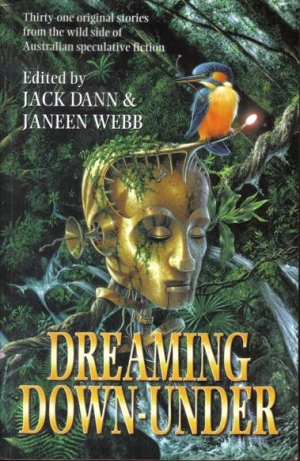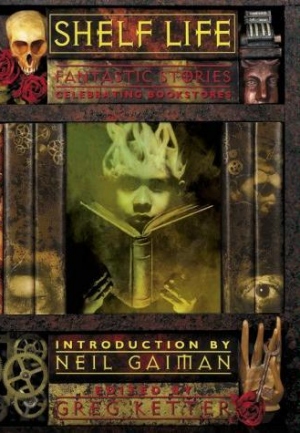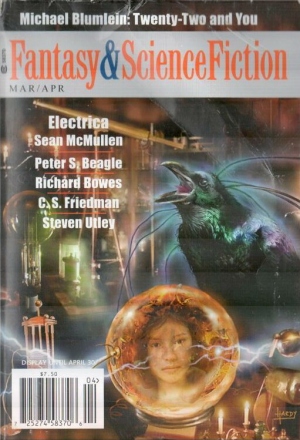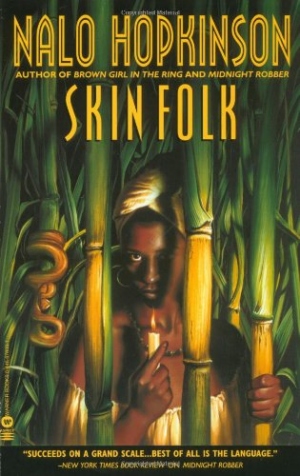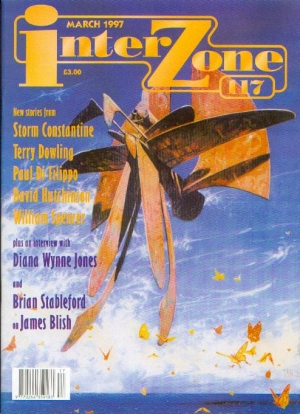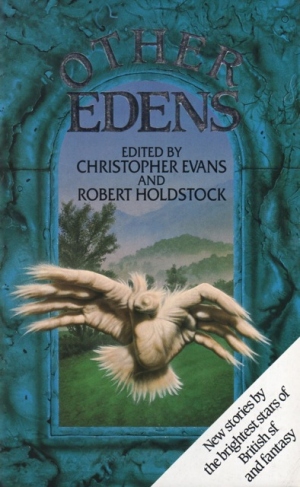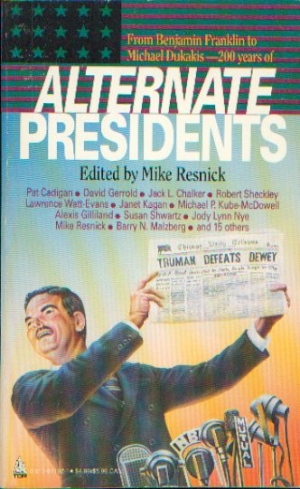Birthday Reviews: Keith Taylor’s “Sepulchres of the Undead”
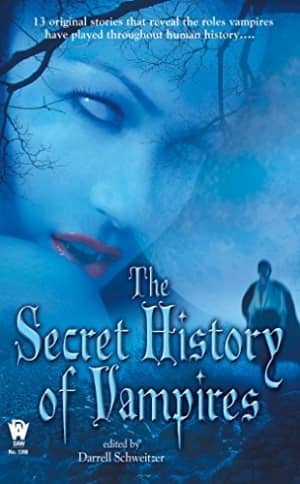
Keith Taylor was born on December 26, 1946 in Tasmania.
Taylor has won the Ditmar Award twice. His first win was in 1982 for his short story “Where Silence Rules.” He won a second time in 1987 for his novel Bard III: The Wild Sea. He has been nominated for four additional Ditmar Awards as well as an Aurealis Award.
“Sepulchres of the Undead” appeared in the anthology The Secret History of Vampires, edited by Darrell Schweitzer, in 2007. The story has never been reprinted.
The great pyramids of Egypt have held a fascination for people for millennia. In “Sepulchres of the Undead,” Taylor explains that they are not simply vast monuments to the egos of the early Pharaohs, but actually served an important purpose. After Menkhaf kills a large bat on one of the pyramids, he learns that the pharaohs and their families are actually a separate race from most Egyptians. They are all, to some extent, vampires, and the great tombs are designed to ensure that their corpses are protected from humans and nature, for as long as their corpses remain, the vampires will retain the ability to change shapes and terrorize the population.
Menkhaf is warned that having killed a vampire, and specifically Pharaoh Khufu’s mother, he is a marked man. He joins the Brotherhood of Ra, a group dedicated to destroying the vampires among them. At the same time Prince Hemiunu, the pharaoh’s nephew and a partial vampire, is also out to destroy the vampires. The two vampire killers allow Taylor to play with different tactics, but they also muddy the waters of the story since he never really knits their plans, attacks, or stories, together. In fact, Menkhaf seems to be forgotten by the author as Hemiunu’s plans come to fruition. The resulting story has some interesting ideas regarding both vampires and Egyptian history, but doesn’t quite pull them together.
